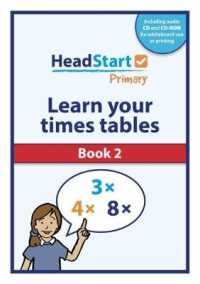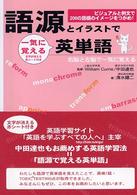Full Description
There is a great need for critical thinking in schools, and by teachers. Current educational reform efforts emphasize student testing on basic information and rote memorization. What is lost is education that involves critical thinking, creativity, and consideration of alternatives. The essential framework for this book is the stimulation of critical thinking-to include dialogue and dialectic approaches. "Critical Issues in Education" includes opposing sides of the issues presented and illustrates, through competing essays on each topic, how critical thinking, dialogue, and dialectic approaches improve understanding and the evaluation of available evidence and reasoning.
Contents
Foreword Preface 1 IntroductionPart One WHOSE INTERESTS SHOULD SCHOOLS SERVE?: JUSTICE AND EQUITY 2 Family Choice in Education: Public Interest or Private Good 3 Financing Schools: Equity or Privilege 4 Privatization, Commercialization, and the Business of School: Competing or Complementary Interests 5 Religion and Public Schools: Free Expression or Separation 6 Gender Equity: Eliminating Discrimination or Accommodating Difference 7 New Immigrants and the Schools: KNOWLEDGE AND LITERACY 8 Standards-Based Reform: Real Change or Badly Flawed Policy 9 The Academic Achievement Gap: Old Remedies or New 10 Values/Character Education: Traditional or Liberational 11 Multicultural Education: Democratic or Divisive 12 Technology and Learning: Enabling or Subverting Part Three THE SCHOOL COMMUNITY: INDIVIDUALS AND ENVIRONMENTS 13 Discipline and Justice: Zero Tolerance or Discretionary Practices 14 Violence and Bullying in Schools: School Treatable or Beyond School Control 15 Inclusion and Disability: Common or Special Education 16 Teacher Unions and School Reform: Advocate or Adversary 17 Academic Freedom and Censorship: Teacher Rights or Responsibilities Index








